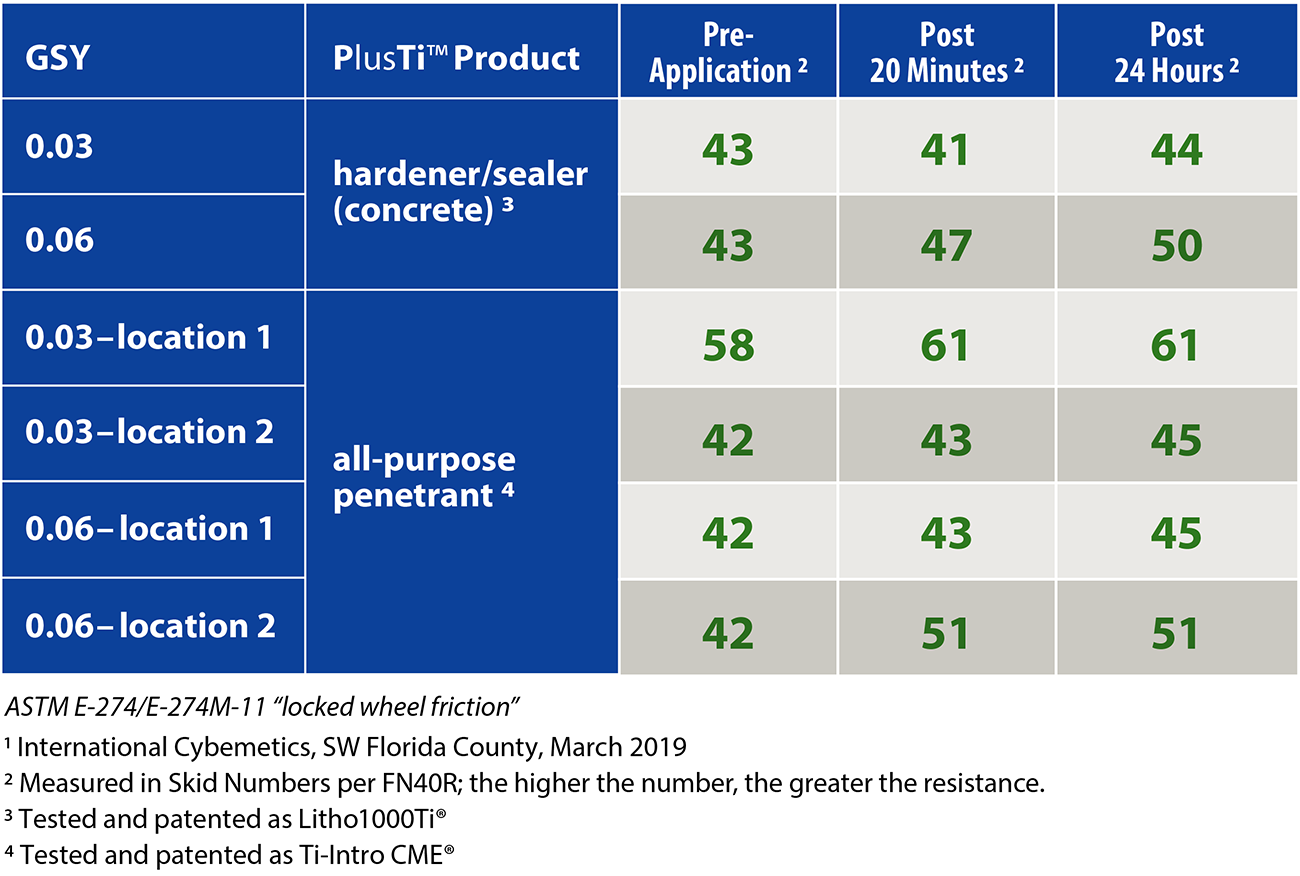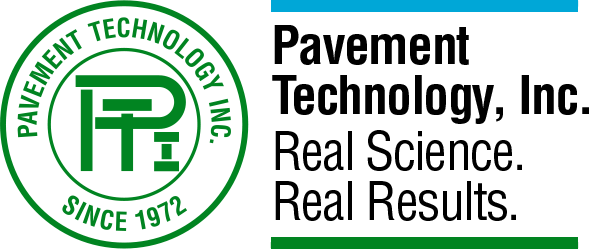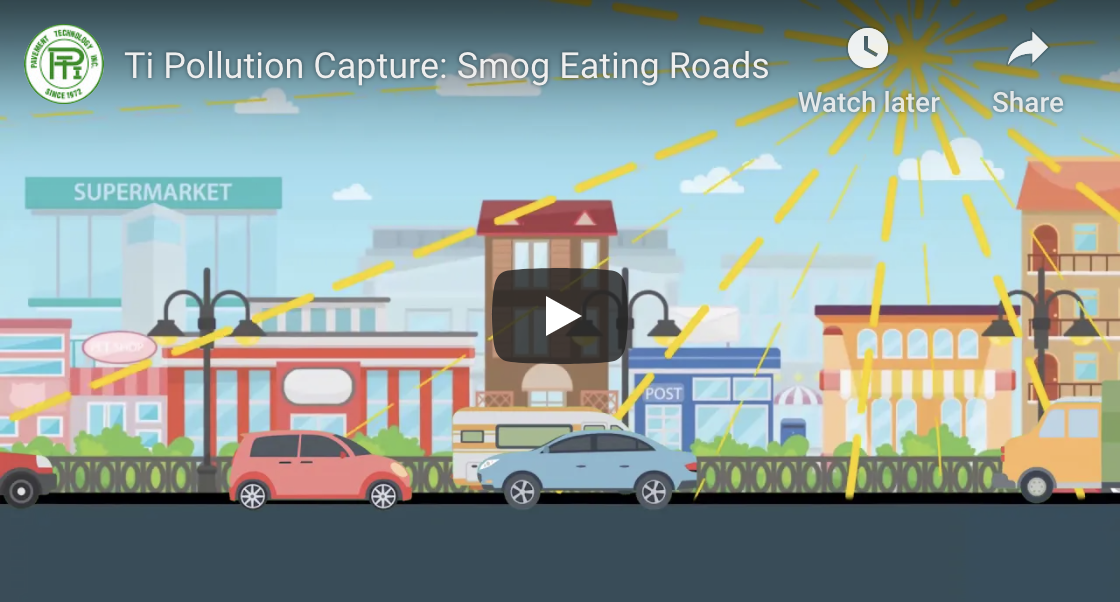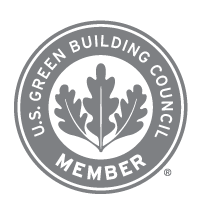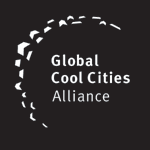Super-Hydrophilic
Accelerating Water Dispersion for Safer Self-Cleaning Pavement

Much like the skin of gecko lizards, PCT-treated surfaces shed water for rapid displacement of skid-creating conditions from rain to ice to snow. When pavements treated with TiO2 are exposed to ultraviolet radiation (UV), rain disperses more rapidly in comparison with untreated pavements, significantly reducing precipitation build-up and absorption that can otherwise critically damage roadways, runways, and highly vulnerable longitudinal joints and rumble strips on highways.
Quick-drying pavements also help promote safer driving conditions by reducing hydroplaning and precipitation-related visibility impairment, while discouraging ice formation. TiO2-treated pavements are self-cleaning and stormwater purifying, helping to mitigate mold and bacteria growth on asphalt and concrete infrastructure. They also help decompose microplastics such as tire-wear debris.
Because TiO2 is strongly attracted to water when polarized by UV, water molecules on the surface split, dispersing water into thin films and inhibiting the formation of agglomerated droplets that might otherwise create ponding or, in low temperature conditions, deadly ice formation.
Super-Hydrophilic TiO2 Rapidly Displaces Surface Water
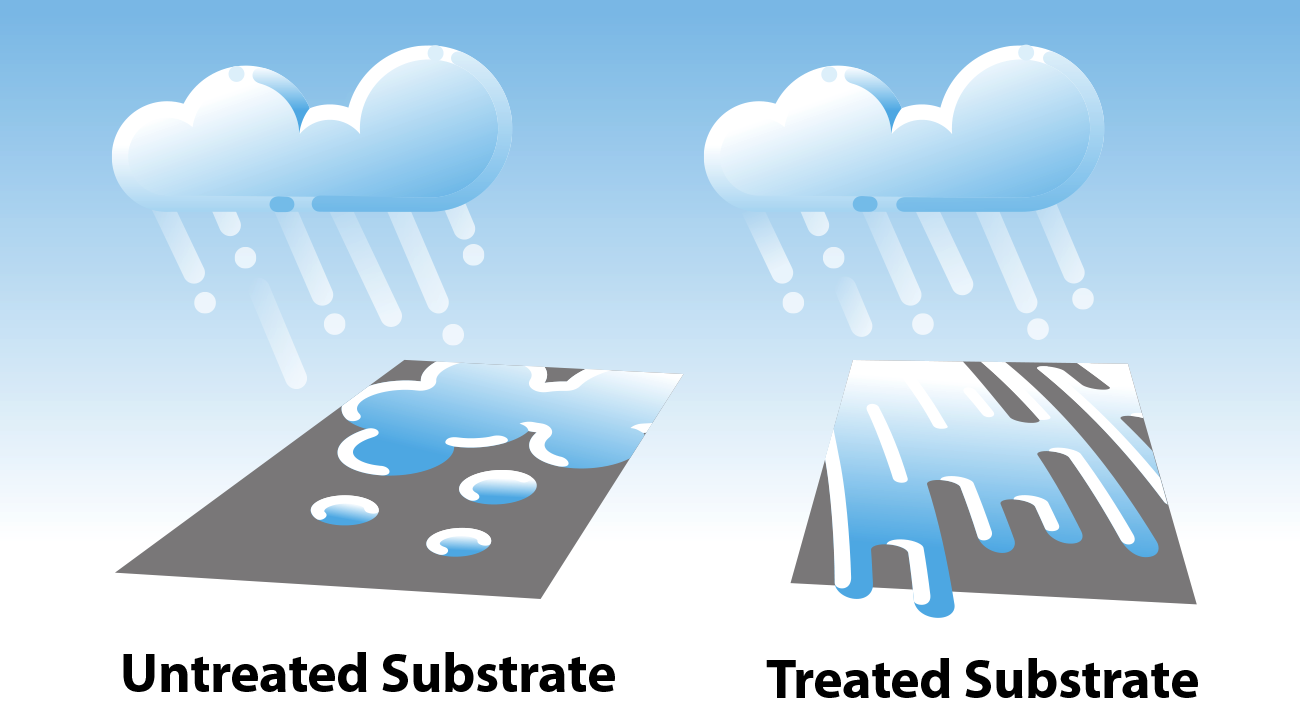
PROVEN: Water Contact Angle Test

PROVEN: Super-Hydrophilic Surfaces Promote Skid Resistance1
